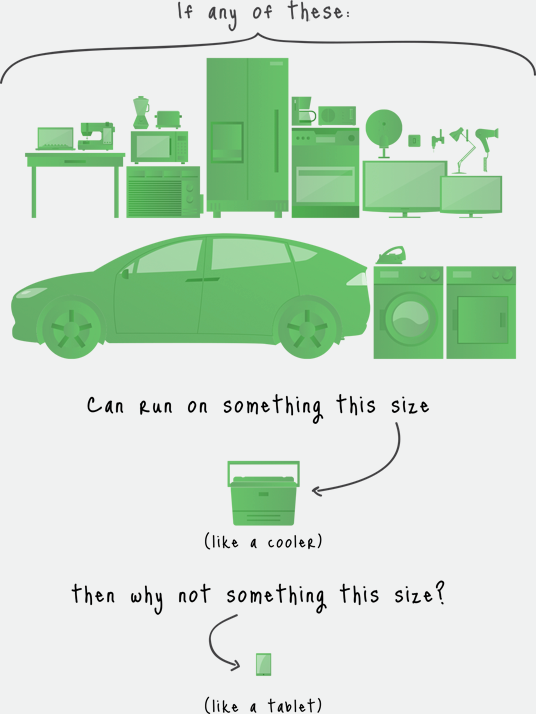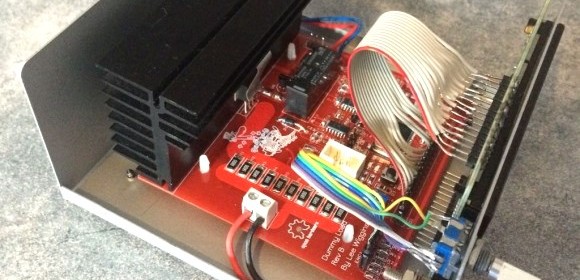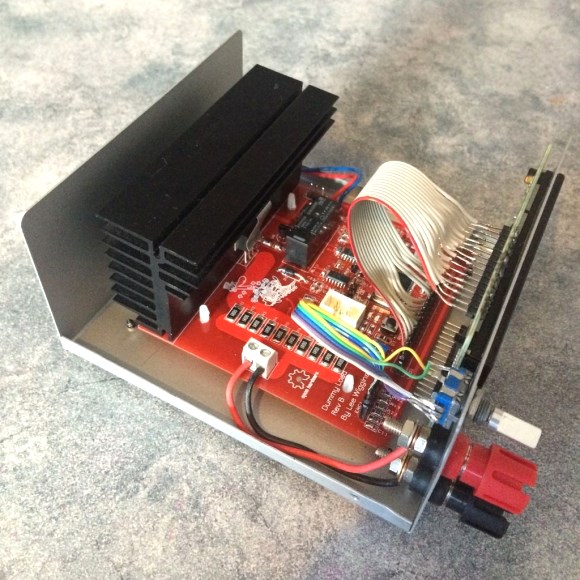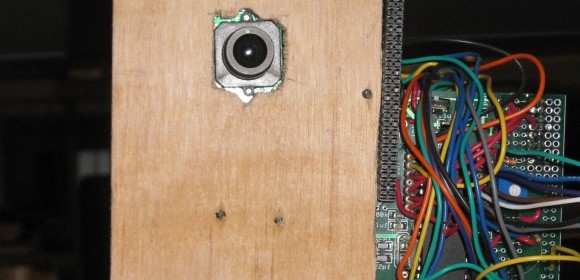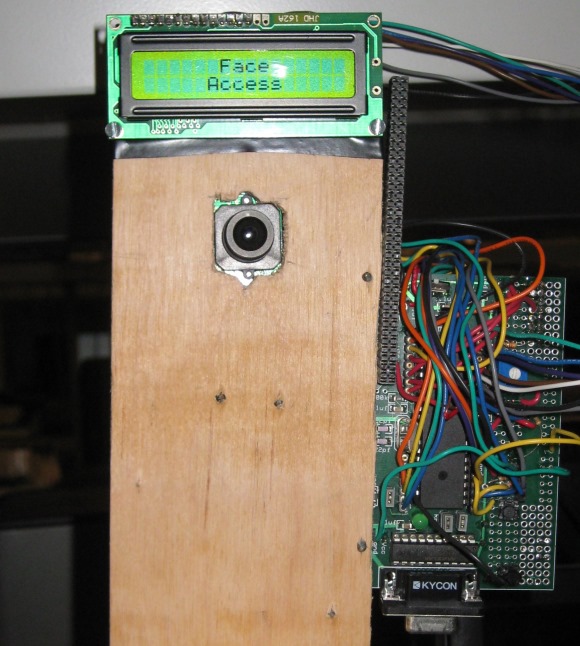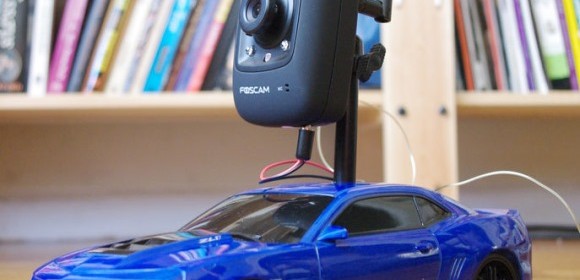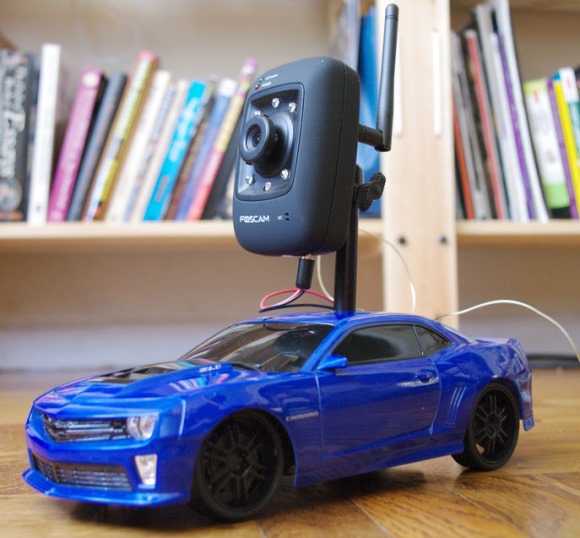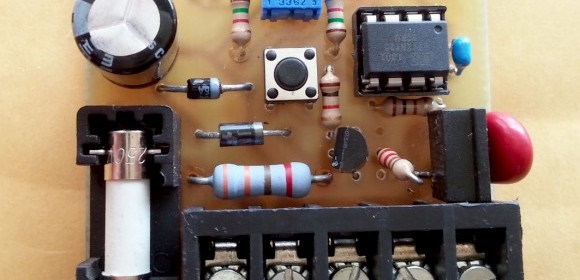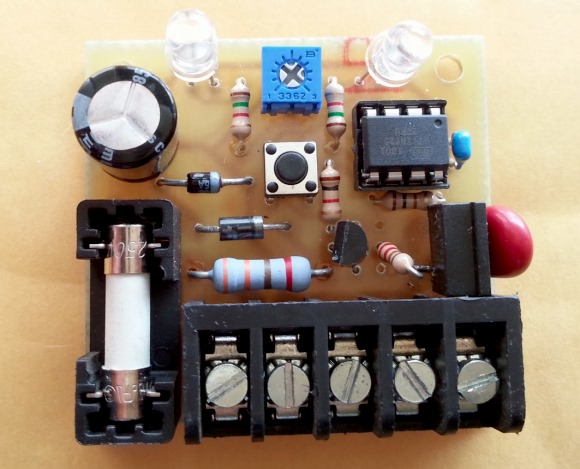Google’s Littlebox Challenge offers $1,000,000 prize for designing a smaller inverter
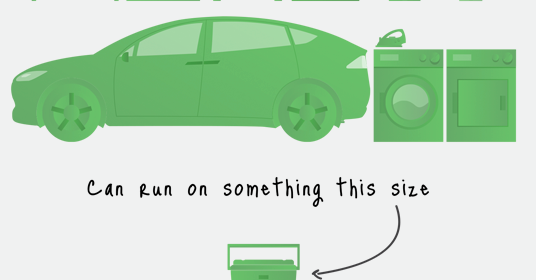
Google and IEEE have jointly announced the Littlebox Challenge, offering One million US dollar prize for designing the most efficient and compact size inverter that would convert direct current from devices such as solar panels and batteries into alternating current for use in homes, businesses, and cars.
Inverters are the essential boxes that take direct current from devices such as solar panels and batteries and turn it into alternating current for use in homes, businesses, and cars.
The problem is household inverters are too big—roughly the size of a picnic cooler. Making them smaller would enable more solar-powered homes, more efficient distributed electrical grids, and could help bring electricity to the most remote parts of the planet.
That’s where you come in: figure out how to shrink an inverter down to something smaller than a small laptop (a reduction of > 10× in volume) and smaller than everyone else, and you’ll win a million dollars (and help revolutionize electricity for the next century).
